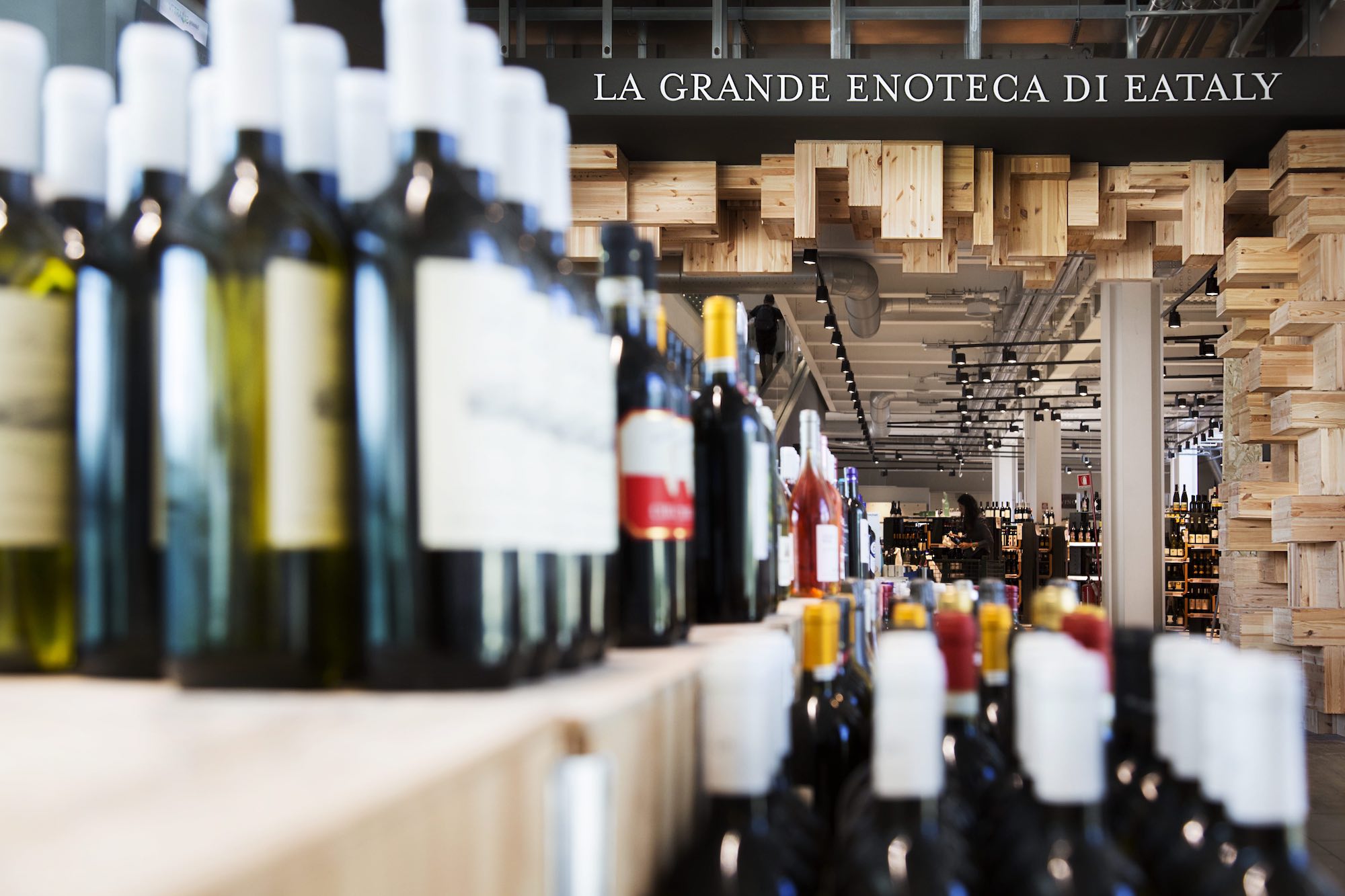The spritzer has become the emblem of the Italian aperitif, the statistics say that it is now the most drunk cocktail in our country. It has become a custom phenomenon, even abroad; but who said that the spritz is only based on Aperol? The version that we know today, the most famous and widespread, is really just one of the many variations that have made history, and that are the present, of this cocktail. Just sit at the counter of the best cocktail bars to find out how much a simple spritz can be a research ground. But they need the right ingredients.
Water, wine and …
When he was born, it was just a glass of white wine cut with sparkling water. Water and wine, here it is the classic spritz, now fallen into disuse in the big cities, but alive and well in the country bars, in Friuli with the proper name of spritzer, in Autria as spritzen up in Croatia, where it's called gemist. The wine can be still, sparkling or sparkling, but what is certain is that you need a dose of soda water, or very carbonated water. Bitters came into the glass at a later time, around the beginning of the twentieth century, when this herbal liqueur became fashionable and depopulated in cafes along with the new aperitif ritual. It is the 1920s, the same ones in which the Negroni is born, but the spritz knows its fortune and spreads in the Veneto and Northern Italy in the post-war period. But we have to wait until 2011 to see it enter the list of the IBA (International Bartenders Association) under the name of "Venetian Spritz".
Bitter and sage
Aperol Spritz was born in Padua in the fifties and wants a slice of orange. The typically Venetian spritz instead is based on the local bitter, the Select, and is served with a large green olive, just as it is still found today in the most typical venues of the Lagoon. The Campari spritz instead is typically Milanese and with the name of “pirlo” is drunk throughout the Brescia area.
The possibilities, however, are certainly not finished here: there are many, many, artisan bitters and small producers who make special products with a unique character. Finding them on supermarket shelves is not easy, but at Eataly the selection is very wide, with niche labels loved by connoisseurs (and by more experienced bartenders).
Dry, resolute, slightly sweet, the bitter of La Canellese, for example is produced between Langhe and Monferrato, gives off notes of orange, gentian, juniper and leaves in the mouth hints of rhubarb, cinchona, and licorice. Try it mixed with a Prosecco Bio Bianca Vigna and decorated with a sage twig.
Elderberry and champagne
In South Tyrol the spritz is called Hugo and at the bitter it replaces an elderflower syrup. It is a hymn to spring, when this white flower blossoms on trees, and in France it is then harvested for the processing of St. Germain, a not too alcoholic liqueur (20 degrees) with a fruity aroma with floral notes and hints of grapefruit and pear . To prepare a perfect elderberry spritz the recipe is simple: 5 cl of St Germain, 7 cl of Maximum Brut, 2 cl of soda, a slice of lime, mint leaves and ice. Obviously, in France, they do it with champagne.
With the precious champagne you can also prepare a gourmet version of the classic spritz, with a bitter at the height: the Bitter Rouge by Carlo Alberto, a historical brand from Turin, has a pleasant floral and fruity scent, a spicy aroma and pleasantly bitter notes of quinine . An elegant bitter, which marries a demi-sec champagne, with a good residual sugar, like that of Billecart Salmon.
At 6pm, with a natural wine
The aperitif time starts at 6pm, and just 6pm is the name of the Aperitivo Montanaro. Fresh and refreshing, created with extracts of apple, cherry, cinnamon, cloves, orange flowers and vanilla. The recipe is secret, kept in the headquarters of Gallo d'Alba, in the center of the Barolo hills, but to mix it the idea is simple: ice and sparkling white Bio Colfondo, a wine produced with natural fermentation in the bottle that follows the rhythm of the seasons and leaves the yeast in the bottle in contact with the wine.
Recipe
Whether the wine is still or rough and whatever bitters you choose to use, the proportions change little from these: lots of ice in the glass, 1/3 of wine, 1/3 of water and 1/3 of bitters.

Read also
Drink well spending (very) little
This recipe has already been read 245 times!